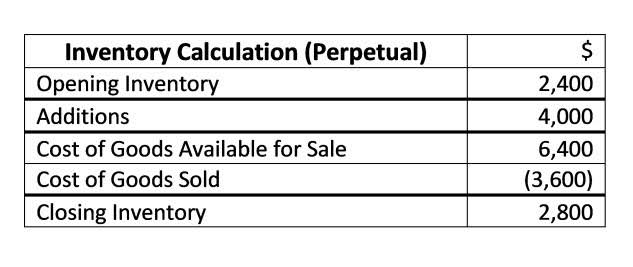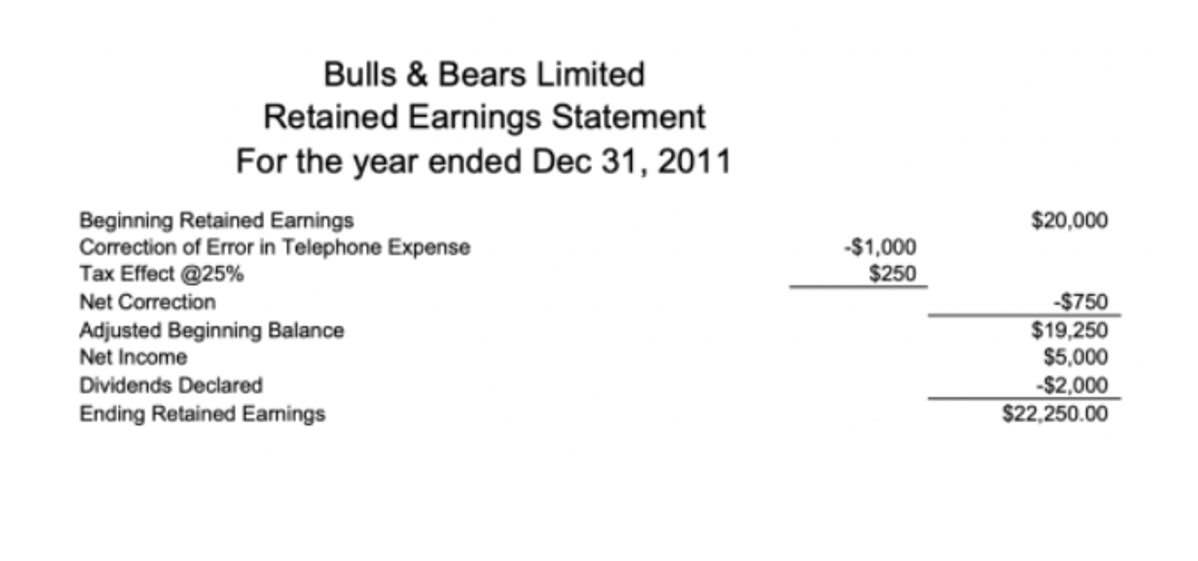
Total deposit is the amount you are depositing into your account minus the cash you are taking back. Signing the slip is required if you are getting cash from your deposit. This is the total amount of cash and checks that you have to deposit. Write down how much cash back you’d like to receive from the transaction, if any, in the space marked “Less Cash” (or similar). Customers can request a copy of their deposit if necessary, including the itemized amounts that made up the total deposit if there’s a dispute with the bank. If you’d like to learn more about checks, check out our in-depth interview with Gina D’Amore.
Tips for safely depositing checks
Most importantly, don’t assume that you can spend all of the money from large check deposits immediately. If you want to score bonus points with the teller, enter your deposit amounts in dollars and cents. You’ll notice separate boxes for each entry on most deposit slips.
banking basicsCan you deposit cash at an ATM?
It’s important to have your deposit slip filled out before asking a teller to deposit your funds. If you’re depositing several checks, you might need to use the back of the deposit slip to list the entire batch of checks. Other than that, filling out a deposit slip for depositing multiple checks is essentially the same as it would be for depositing just one check.
- This slip will show the itemized deposits, including checks that may not have reached the account yet.
- It’s not a big deal if this isn’t perfect, but with some deposits—especially large ones—tellers might require that you have all of your commas and decimals in the right place.
- The routing number can be found in the lower left corner of a check.
- Pay or get paid one-time or recurring ACH/RTP with low transaction fees.
- Deposit slips are often a basic part of banking, but you may not know how to use them in this era of online financial accounts.
- It’s a piece of paper that records the amount of money being moved and where it’s going.
Where Do You Find Deposit Slips?
It also may be a good idea to track the letter if you choose to send it this way and hand it in to the post office personally, as checks may sometimes get lost in the mail. As an additional precaution, many financial institutions advise customers against mailing checks payable to cash. To learn how to write a deposit slip more about check deposits or other banking services, reach out to our team today. Mobile deposits are a convenient way to transfer money into the bank. They don’t require deposit slips; instead, log into your bank account on your smartphone and upload pictures of your checks to deposit them.
- Sign your name exactly as it appears on the front of the check.
- Let the teller know how much you wish to deposit and whether you would like any cash back.
- Banks can often put a hold on some deposits, especially checks or money orders when the bank cannot be sure if it’s a legitimate payment.
- When making decisions about your financial situation, consult a financial professional for advice.
- ATM deposits can be scanned in real time, allowing banks to add funds to your account immediately.
Estás ingresando al nuevo sitio web de U.S. Bank en español.

This method could be especially helpful if you need any assistance or have any questions about the process, as tellers and other banking professionals will be on hand to help. Fill in your personal details, including your name and the account you wish to deposit the funds into. If you’re using pre-printed deposit slips from the back of a checkbook, these details will already be present. There are times when businesses may send or pay with a check that needs depositing.
Some financial institutions might even allow ATM or mobile deposits of cashier’s checks. A routing number is made up of nine digits that identify your bank to other banks. It will typically be printed on deposit slips that come with your checkbook and it may even appear on blank deposit slips that you can pick up at your bank. Many major banks allow you to make mobile deposits if you’re depositing a check. Simply take a picture of the check on your phone then submit it as a deposit using your bank’s mobile app.

Articles are not regularly updated, and information may become outdated. If you bank with FNBO you have the https://www.bookstime.com/ ability to make a deposit at an ATM. Use our ATM locator to find an ATM near you that will take deposits.
Learning how to fill out a deposit slip is a straightforward process in which you provide your name, account number, and money for deposit in the form of cash and checks. In addition, signing the back of each check is essential before depositing it in your account. There is a space on the back of checks at the top for your signature. The space is typically labeled ‘endorse here’ for the check recipient (that’s you) to sign. Doing so is part of properly managing your checking account; not doing so could lead to delays in the money becoming available.
- The back of a deposit slip often has an overflow section for you to list additional checks.
- Learning how to fill out a deposit slip is a straightforward process in which you provide your name, account number, and money for deposit in the form of cash and checks.
- Total deposit is the amount you are depositing into your account minus the cash you are taking back.
- Here’s a deposit slip example to show you where to place the correct information.
- Otherwise, if the signature is significantly different, you may face complications with the check deposit.
- The articles in this blog are for informational purposes only and not intended to provide specific advice or recommendations.
When Are Deposited Funds Available for Use?

For businesses, deposit slips are still an essential part of the accounting process. “By value, changes in check payments … have increased by 7.5 percent from 2016 to 2017”, according to a recent Federal Reserve study. Deposit slips are different from checks because you use deposit slips to deposit cash and checks at the bank. On the other hand, checks are a method of payment between two parties. Qualifying accounts can even access their paycheck up to two days early.